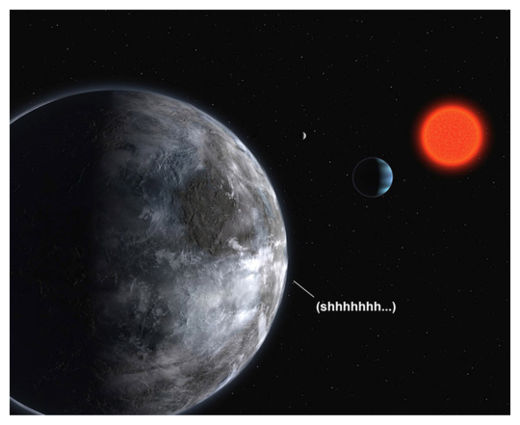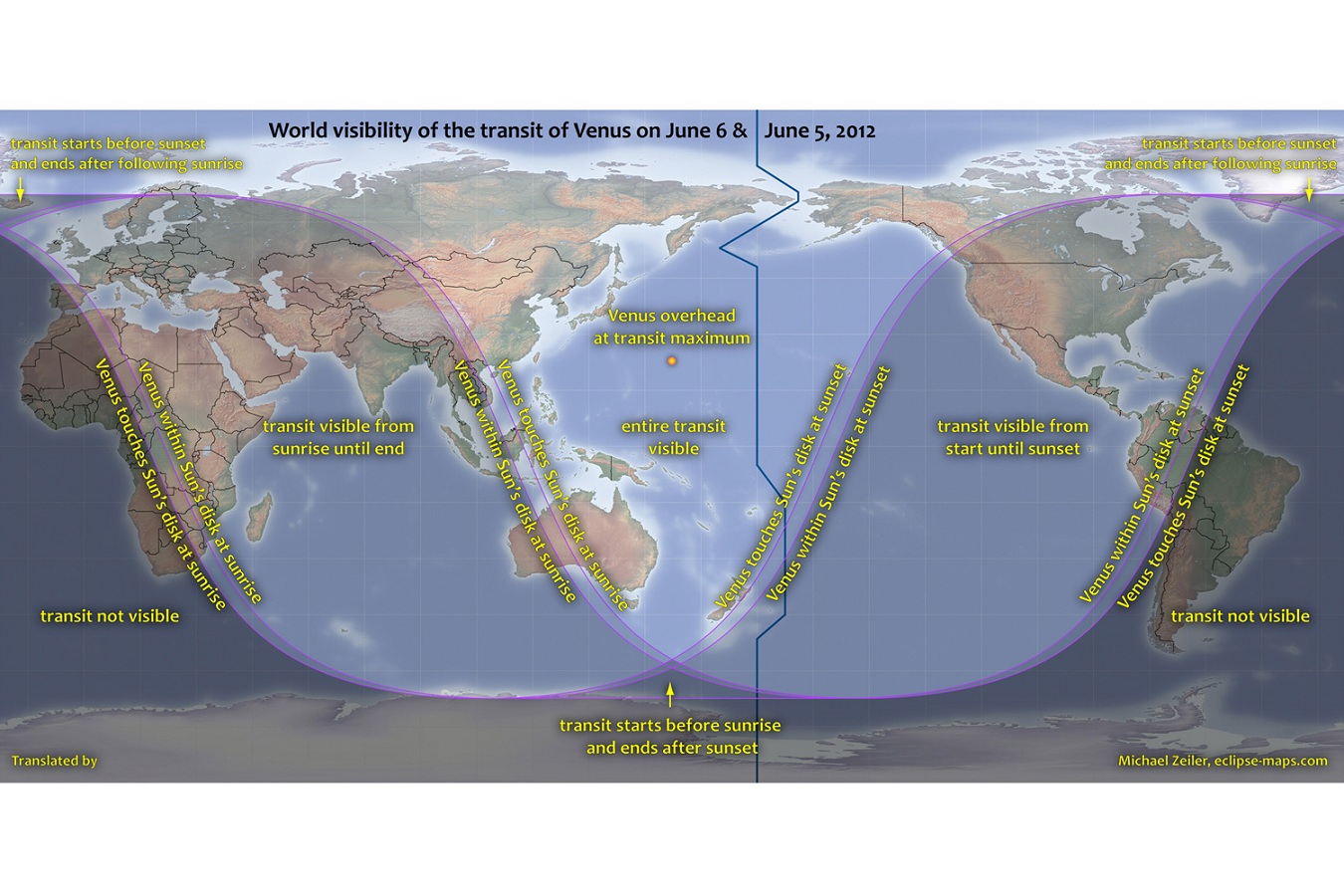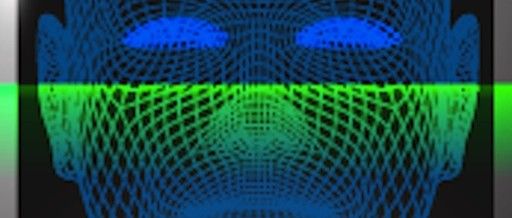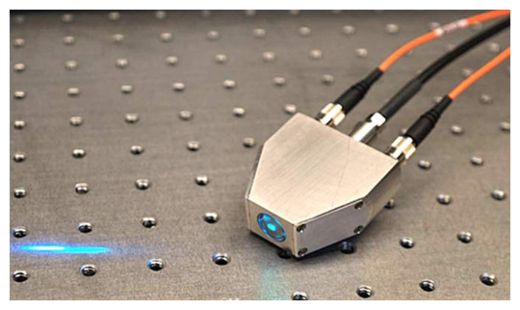
The radiation burst, which seems to have hit between ad 774 and ad 775, was detected by looking at the amounts of the radioactive isotope carbon-14 in tree rings that formed during the ad 775 growing season in the Northern Hemisphere. The increase in 14C levels is so clear that the scientists, led by Fusa Miyake, a cosmic-ray physicist from Nagoya University in Japan, conclude that the atmospheric level of 14C must have jumped by 1.2% over the course of no longer than a year, about 20 times more than the normal rate of variation. Their study is published online in Nature today1.
"The work looks pretty solid," says Daniel Baker, a space physicist at the University of Colorado's Laboratory for Atmospheric and Space Physics in Boulder, Colorado. "Some very energetic event occurred in about ad 775."
Exactly what that event was, however, is more difficult to determine.
The 14C isotope is formed when highly energetic radiation from outer space hits atoms in the upper atmosphere, producing neutrons. These collide with nitrogen-14, which then decays to 14C. (The fact that this is always happening because of background radiation is what produces a continuous source of 14C for radiocarbon dating.)











